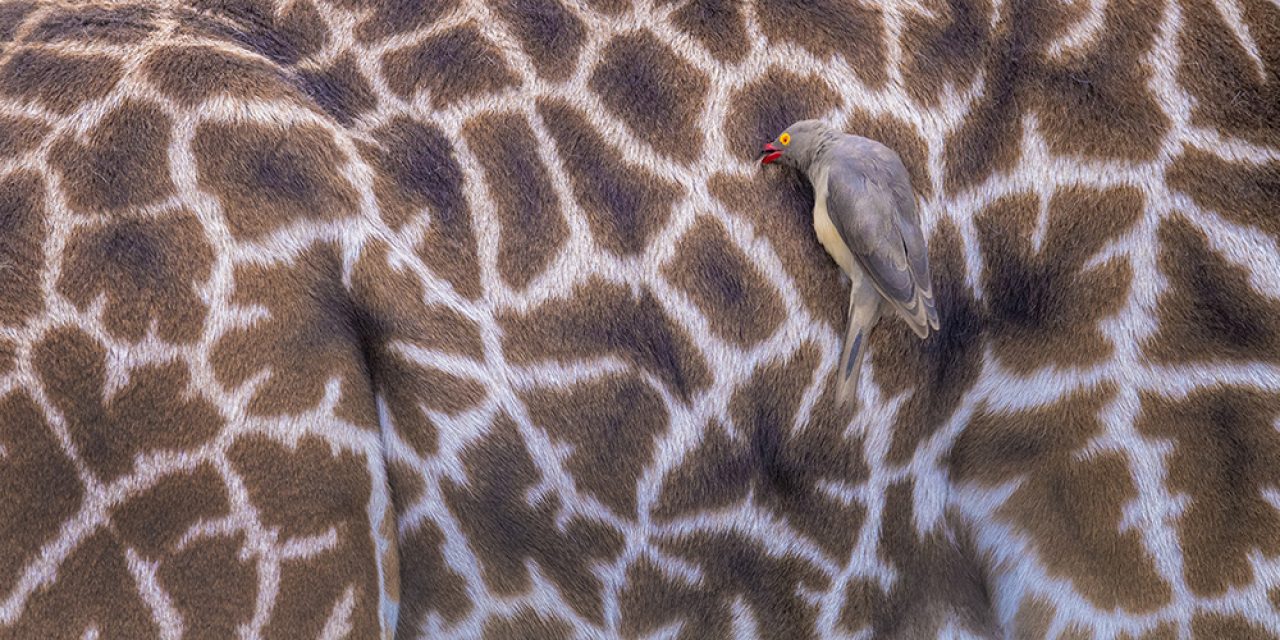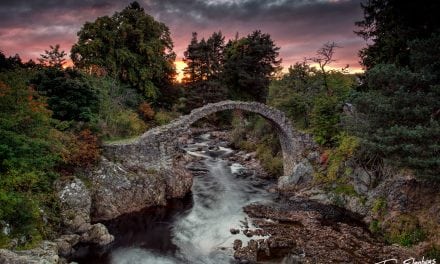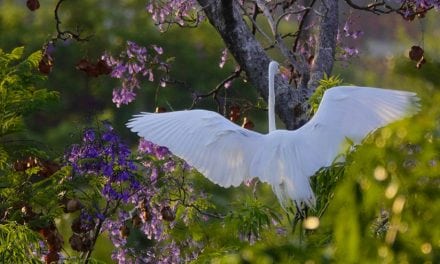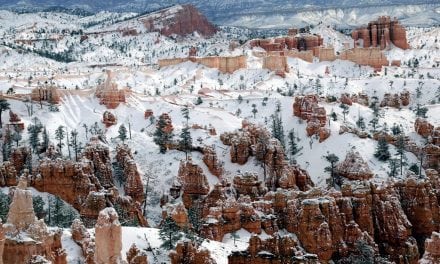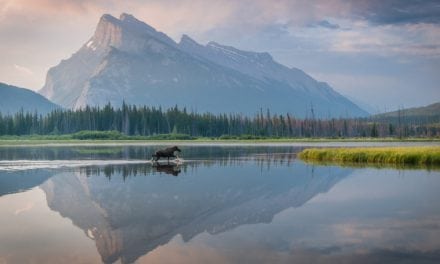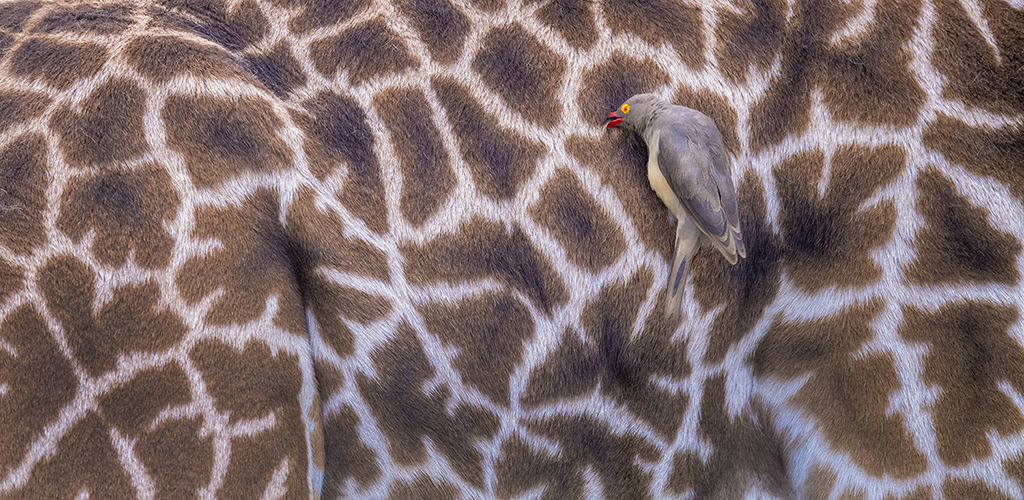
I take my photography very seriously, but every once in a while, I reconcile that sometimes I’ve just gotta have some fun. And there was one time it guided me down a new path. I stumbled across an entirely new subject focus and it led to a few sales. All in all, a great thing! Not only did I diversify my portfolio, but I also smiled a lot while I made the photos, I had fun in the process and made a few bucks from stock. So the next time a fleeting photographic thought rockets through your mind, run with it. I let it happen and came up with critter close-ups. Check out my story to see if it tickles your fancy.
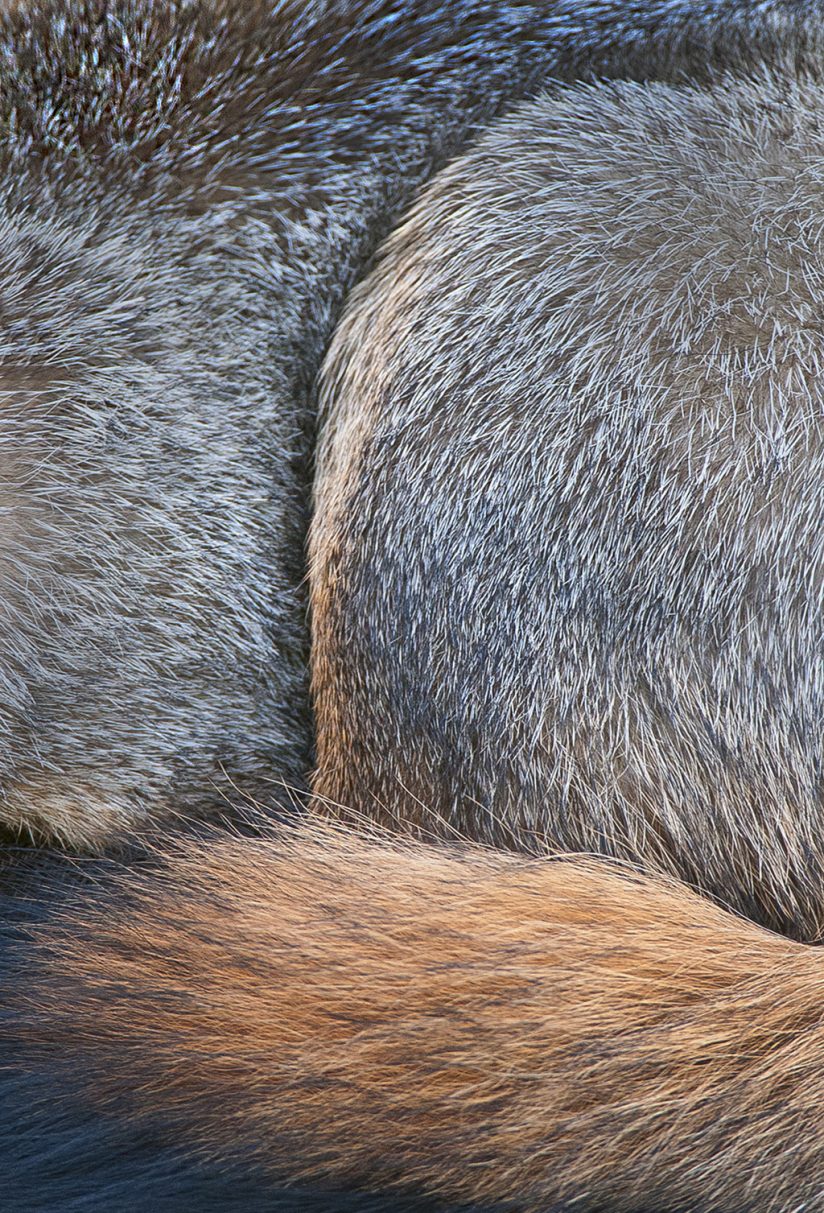
I’m a firm believer in one of my business tag lines, “Exhaust All Possibilities.” I always try something new, different, experimental or deliberate. The end result is that I diversify my portfolio, I make sure I came back with as good a shot as possible and I don’t overlook any potential photo opportunity. My goal is to always bag the money shot first, the one which motivated me to head into the field. Once I feel confident I have something decent, I begin to think outside the box: What can I do differently? Can I find a new angle? What if I try backlight? What if I use a longer exposure? Basically, I search the depths of my mind to look beyond the obvious.
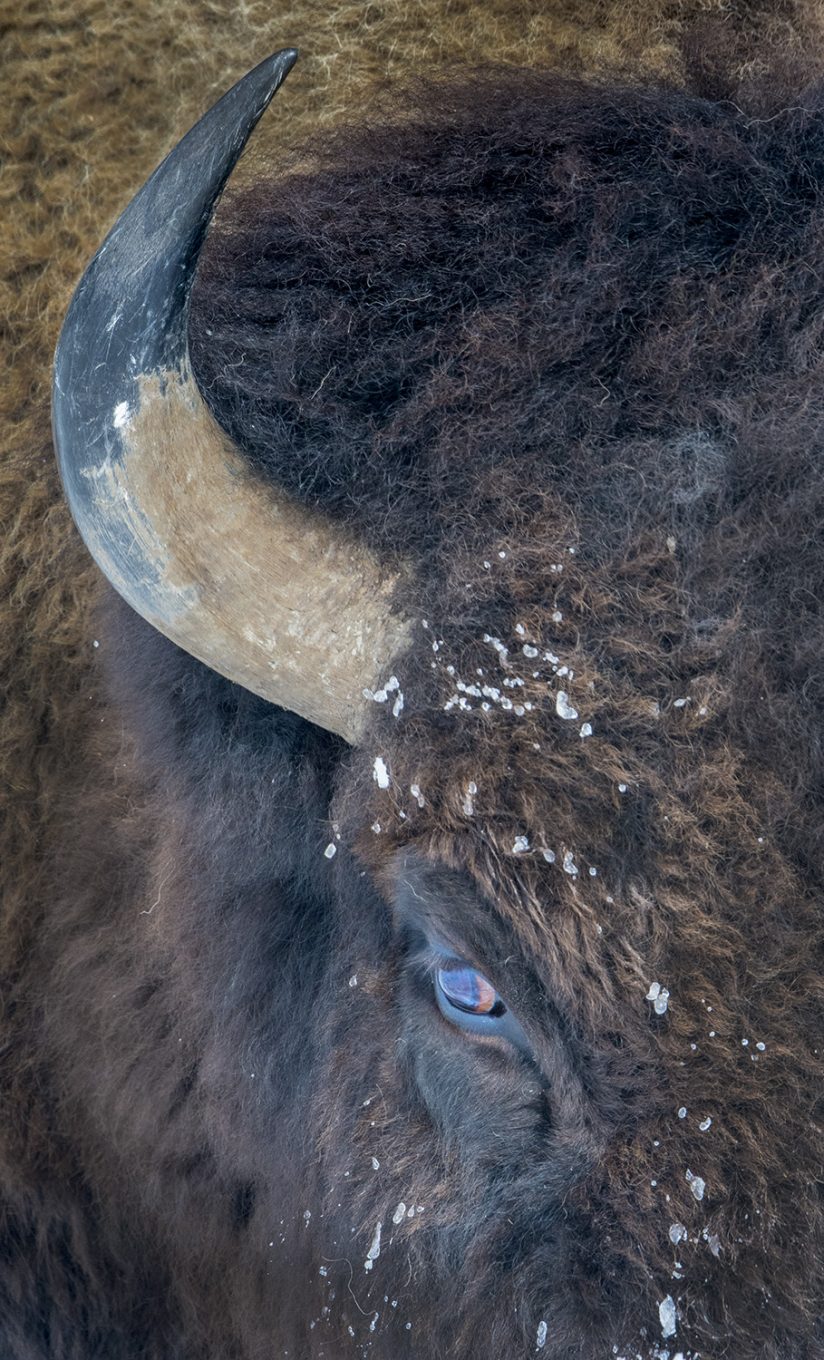
Over the years, I made many trips to Yellowstone in both the fall and spring. Bison are the most numerous mammal in the park and I accumulated many images in different light, with different backgrounds, etc. They walk the roads, so it offers the opportunity to get close shots. I always reached for my wide angle and used it to make their photos as they coursed their way down the asphalt. One time, I kept my 600mm to my eye and looked for an abstract image as bison after bison strolled past my vehicle. Yes, I was having fun and doing something different! Upon getting home, I came across one of the photos that accompany this week’s tip—the close up of the eye, horn and ice crystals. It instantly triggered an entirely new world of which I had never explored and opened a new door to my photography. If it can work for a bison, what about other creatures? Critter close-ups were born.
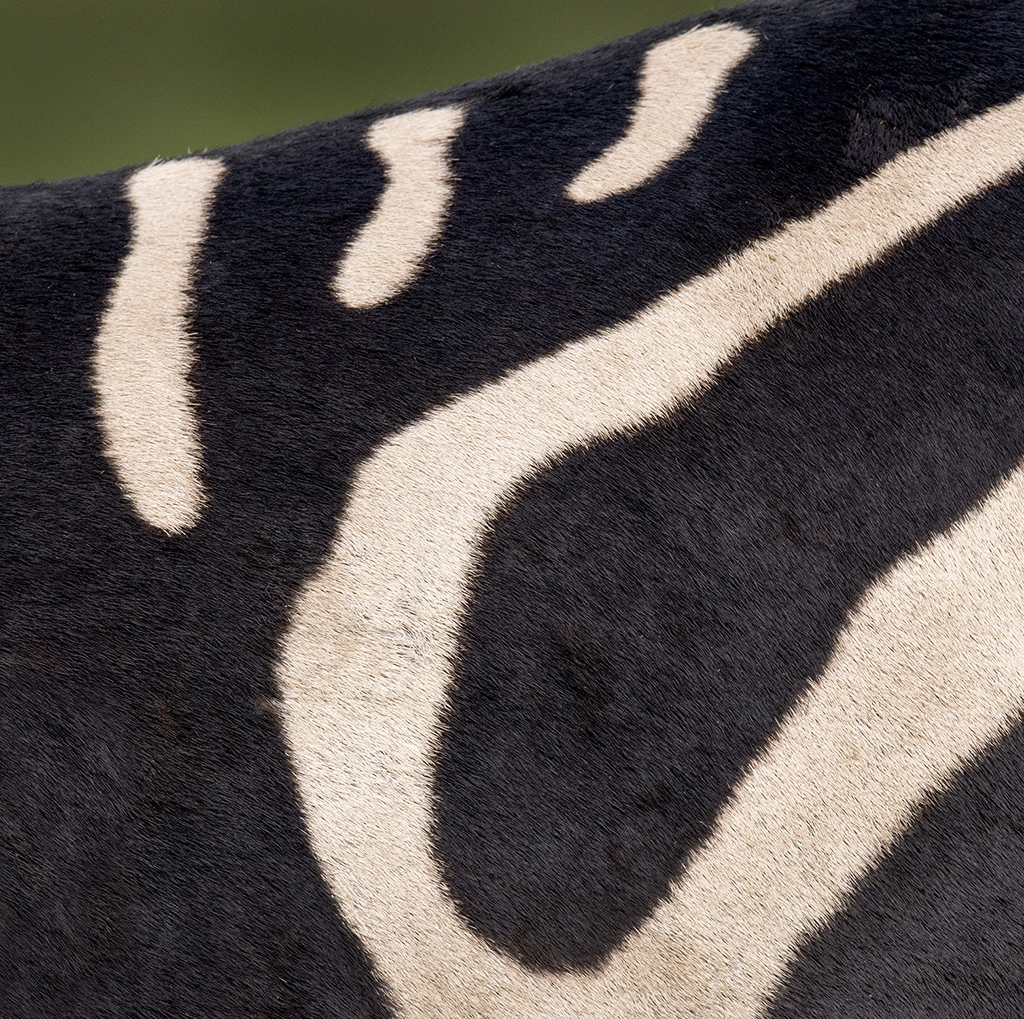
If this style of photography piques your interest, it’s essential you have a long lens. For the sake of safety for both you and the subject, keep as much distance as possible. The use of a teleconverter is also recommended to increase lens millimeters. I’m not a fan of using a converter with a zoom as it slows down the lens and critical sharpness isn’t the best. If you don’t intend to make big enlargements or do a lot of cropping, you may be able to get by. When working in close, you’ll need to stop down to acquire necessary depth of field, and a zoom with a 1.4 converter will produce sharper results when stopped down, so if it’s your only option, go for it.
Study each animal you encounter and look for shapes that have a dynamic quality. Don’t look at the entire animal as the subject. Study its parts and look for shapes in sections. Break it into fourths and study the back fourth, the middle left, middle right and front fourth. Do the same from top to bottom, especially with animals that are large.
Not only should you zero in on shape, but also look for patterns and textures, especially if the subject features lines or distinct markings. A number of mammals and amphibians have this quality, and the patterns are regarded as fingerprints. Just like a human’s fingerprint, no two animals share the same markings, so with each one you encounter, the potential photo will be different. Textures work the same way. How coarse is the skin or shell? Think about the patterns on a turtle. Does the skin, shell or hair display uniformity of a weave or does it have a repeated fabric-like quality? If the answer is yes to any of the above questions, move in close with a long lens and create your abstracts.
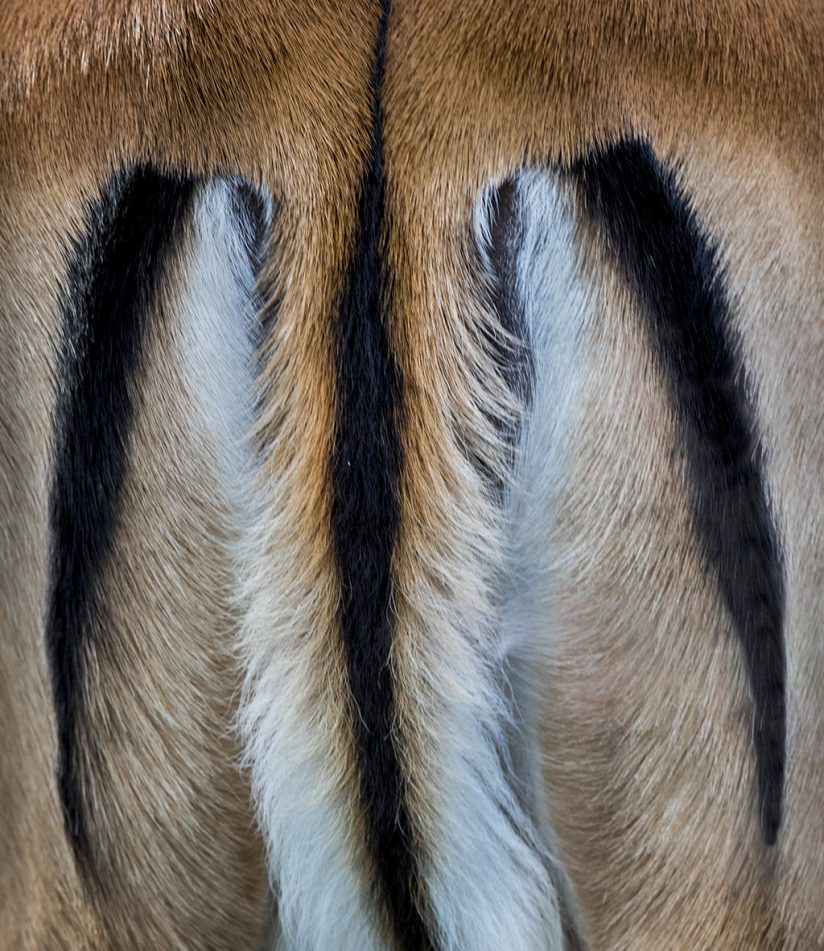
The beauty of this type of picture-making is it exceeds the borders of great photography and opens the door to other fantastic things. Once you accumulate a number of these images, you can create a great game with your kids or grandkids—call it, “Can You Name That Animal?” Think about how much fun you could have sharing the smiles and laughter trying to decipher what animal is in the image. If you belong to a camera club, it’s a great idea for a fun meeting. Each member can bring in their critter close-ups and make it a fun night. Who took the image? What is the subject? How was it made? What gear was used? It’s educational and may even lead to a field trip—a new world could open. Give it a try and see what doors open for you.
Visit www.russburdenphotography.com for information about his nature photography tours and safari to Tanzania.
The post Critter Close-Ups appeared first on Outdoor Photographer.

